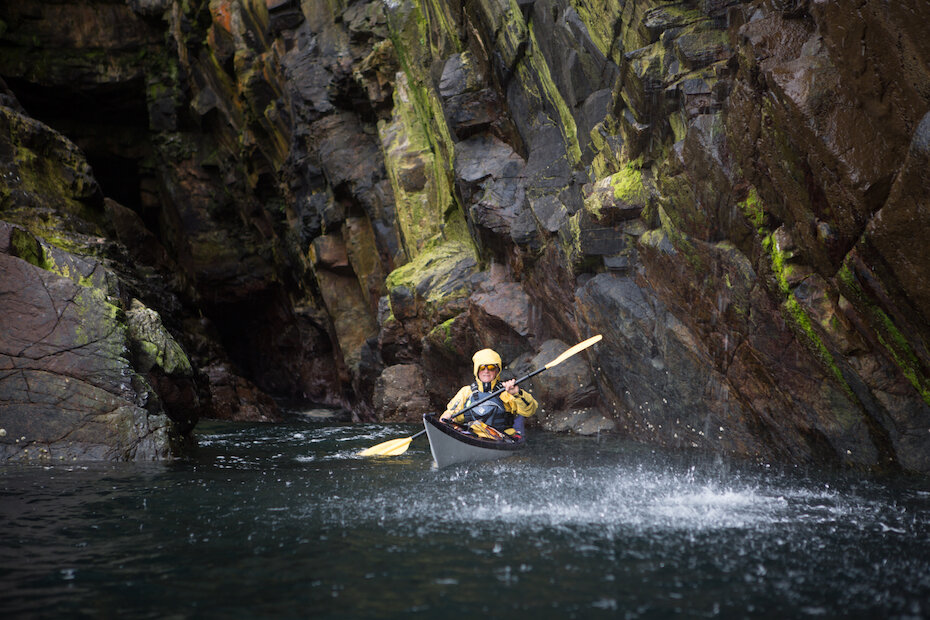A quick introduction
Like many of Shetland's islands, Papa Stour shows signs of life dating back centuries. Its name Papa Stour – Papey Stóra in Old Norse– means big island of the priests. Missionary Celtic priests are thought to have settled here as early as the 6th century, although the island was first populated around 3000BC.
Suspected leprosy sufferers from the Shetland Mainland were once banished to huts, the foundations of which you can see on Hilla Fielle. To survive, they relied on islanders to leave food for them by the hill dyke.
At its peak, Papa's population was around 380 in the 19th century, when a fishing station was opened at West Voe. However, it's dwindled ever since and today is a permanent home to fewer than a dozen people.
Papa Stour is popular with kayakers and divers (there are numerous shipwrecks). The peaceful island also has plentiful birdlife, wild flowers and seals, as well as the more elusive otter.
How to get to Papa Stour
The inter-island ferry from West Burrafirth takes about 45 minutes to reach Papa Stour and operates four days a week. Booking is essential. Although the ferry carries cars, there's only one short road on the island, so the best way to see Papa is on foot.
Inter-island flights also operate to the Papa Stour airstrip from Tingwall. See the Airtask website for more details.
Where to stay
There’s a small camp site at the pier, but no shop, so enough supplies for your stay should be brought with you. There's also accommodation to rent on the island via Airbnb.




